These days, when one mentions Korea in an automotive context, there would be no shortage of awe and amazement in that statement.
After all, South Korean cars have advanced by leaps and bounds in the last two decades or so, competing alongside their Japanese and European rivals in several aspects such as performance, technology, amenities, and design.
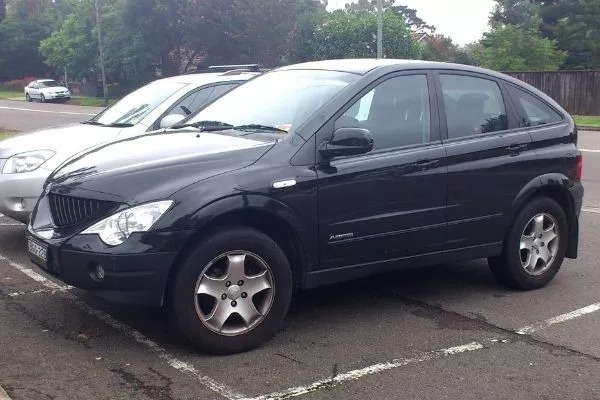
These quirky-looking cars take us back to an interesting time
The last part is especially significant because there are cars whose designs just age well. Others fall into a sort of nondescript, benign appeal that may just be a shadow of their former selves, yet isn’t really deserving of contempt or ridicule. Still, others yield iconic shapes that have inspired more contemporary styles despite not being practical by themselves then and now.
And then there’s SsangYong, with its quirky aesthetics that make you wonder if the carmaker’s designers had one bottle of soju too many and not enough tteokbokki to go around.
To be fair, SsangYong’s current models are hardly cringe-worthy in terms of looks. They’re certainly not going to sweep most automotive beauty contests with their boxy profiles, but the aesthetics are more or less mainstream enough to endure the passage of time without prompting buyer’s remorse along the way.
The skeletons in SsangYong’s design closet can be found in the older iterations of their lineup, and it would be interesting to find out just what the prevailing mood was when the designers first set their pens to paper.
SsangYong Musso
Younger car fans might see the SsangYong Musso today as a beefy pickup truck (along with its longer-wheelbase Musso Grand sibling), but the nameplate started out as a midsize SUV in 1993, with the Musso Sports pickup the following suit in 2002.
SsangYong collaborated with Daimler-Benz on the Musso, which is why the SUV came with a selection of Mercedes-Benz engines both naturally-aspirated and turbocharged. It proved its off-road prowess by winning the Rallye des Pharaons for the 4WD category in 1994.
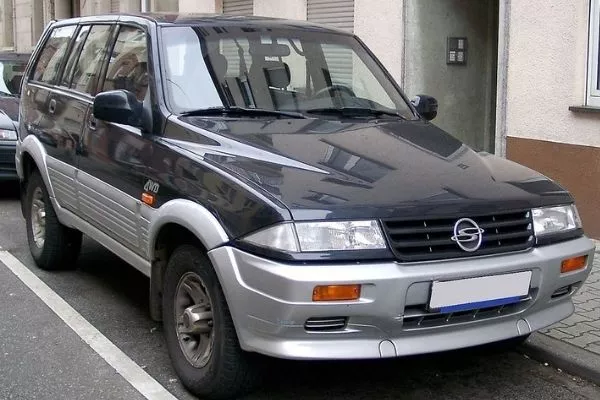
The Musso's fascia looks like it's dolefully looking up and begging for scraps
The Musso isn’t the worst-designed car on this list, having been penned by Briton Ken Greenley and winning the Auto Design Award at the Birmingham Auto Show in 1994 and 1996. In hindsight however, the proportions strike one as somewhat odd.
The fascia looks rather flat, with upward-angled headlamps that seem disproportionately small, making the vehicle look a little more top-heavy than it should. In contrast, the tail lamps look oversized, and the rear overhangs rival those of the bigger Nissan Patrol from the same era.
SsangYong Korando
The SsangYong Korando began life as a 1974 joint venture product between the former American Motors Corporation and Shinjin Motors, the latter being absorbed by Keohwa Co. Ltd. which was eventually taken in by Dong-A Motor that ended up changing its name to SsangYong.
Anyway, all you need to know about the first iteration is that it was a locally-manufactured version of the American Jeep.
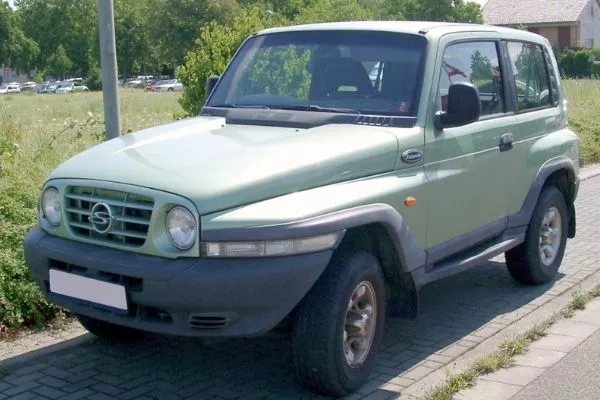
It looks like a bowler hat on wheels when viewed from certain angles
The second-generation model in 1996 was also designed by an Englishman, Professor Ken Greenley of London’s Royal College of Art, building on the motif of the Willy’s Jeep.
The lengthened hood tapered towards the fascia while featuring an indentation down the middle. The front fenders look like a half-hearted attempt to replicate the Jeep design, matched by bulging rear haunches, with the turn signal indicators acting as little more than fillers to occupy the resulting space between the fenders and the front bumper.
SsangYong Rodius
Known as the Stavic in our market, the SsangYong Rodius is an MPV that first appeared in late 2004. Professor Greenley again took charge of design duties, this time with the objective of capturing the essence of a luxury yacht. The Rodius earned acclaim for its utility, low price, Mercedes-Benz underpinnings, and generous warranty.
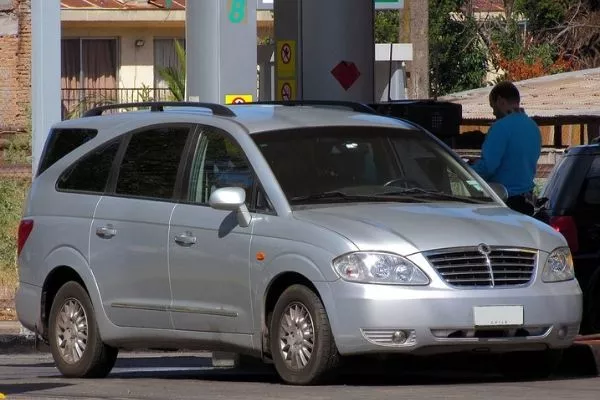
The proportions on the old Rodius are almost cartoonish even compared to its current iteration.
However, it was widely criticized for everything else, including the styling. The oversized front end looks awkward with the grille’s curved base. The contour of the roofline splits at the rear quarter windows, resulting in an odd slope formed by the D-pillar.
Meanwhile, the character line extended across the Rodius’ profile, only to dip at the rear liftgate while forming the top edge of the upward-angled tail lamps. A 2008 facelift did little to mitigate disparaging comments about its looks.
SsangYong Actyon
The SsangYong Actyon for sale is a compact SUV that broke cover in 2005, with a name combining the words “action” and “young”. In its first iteration, the vehicle was offered in two body styles – the standard Actyon SUV and its pickup equivalent, the Actyon Sports. The model cam with an impressive array of features such as a common-rail diesel engine with variable geometry turbo, electronic stability program, keyless entry, and speed sensing door locks.
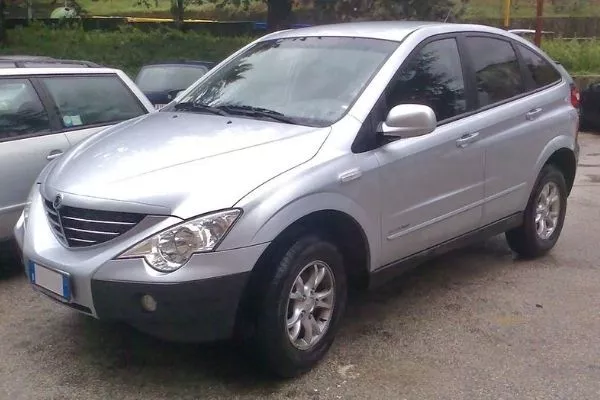
Not sure what the designers were going for with the Actyon
As for the design, it was less than stellar. The fascia looks like it was guided by some twisted avian inspiration, with oddly-shaped headlamps flanking a bowl-shaped grille.
In some versions, the grille featured vertical slats, giving the impression of a grinning baleen whale. The roofline terminates at an abrupt slope towards the rear, forcing the D-pillar at such an extreme angle and leaving observers wondering if the Actyon wanted to be a fastback instead.
We’ve all heard the cliché of beauty being in the eye of the beholder. Fortunately, SsangYong chalked up these design blips to experience and came back with cars that are much more visually-pleasing now. While the appeal of SsangYong’s older models is subjective, they do still serve a purpose in the carmaker’s history – as cautionary tales.
Whether as eye candy or eyesores, cars are always the stars of the conversation at Philkotse.com.
Know more about SsangYong

SsangYong Philippines has been under Berjaya Motor Philippines since 2016, and at present, the brand has two dealerships in the Philippines and is based in Makati City. Currently, SsangYong Motors brands itself as the Korean SUV specialist that is represented by its lineup. In the Philippines, the brand is currently offering six car models: SsangYong Musso, SsangYong Musso Grand, SsangYong Rexton, SsangYong Korando, and SsangYong Tivoli.
Recent posts
- SsangYong previews first EV Jul 23, 2020
- SsangYong searching for new investor Apr 05, 2021
- 2020 SsangYong Tivoli gets new turbo gasoline, upgraded diesel engines Apr 12, 2021
- SsangYong to soldier on with $33M from Mahindra’s special fund Apr 02, 2021
- Mazda, SsangYong Philippines applies 30-day window for free PMS schedule Mar 24, 2020











